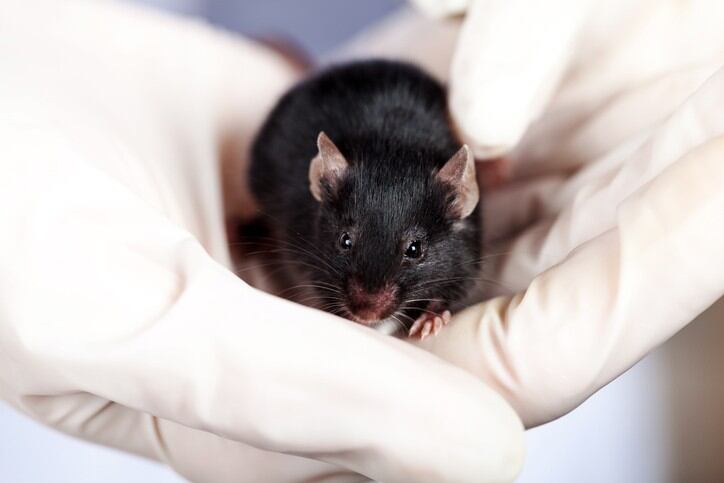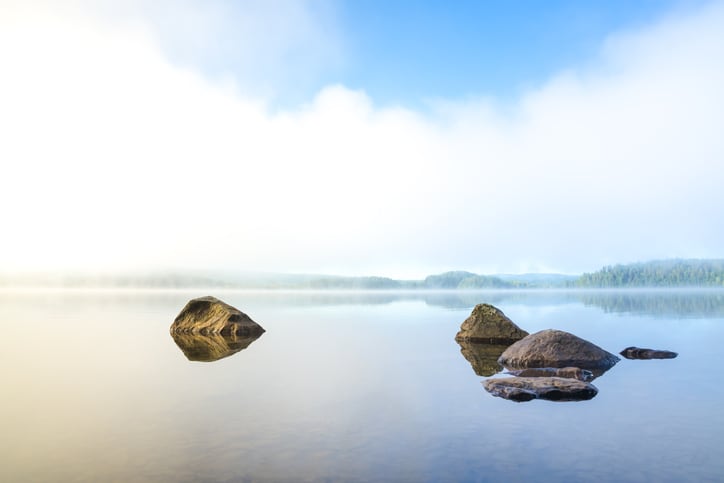Hedy He, regulatory analyst and editor of ChemLinked told Cosmetics Design Asia: “In the short term a total ban on animal testing is unlikely given the lack of testing infrastructure and the technical capacity shortcomings of the industry.”
The overarching issue
Among the many obstacles, the overarching one is the insufficient technical capacity China faces when it comes to cosmetic safety assessment.
He describes the country’s cosmetic industry as fragmented with a market share divided amongst small and medium enterprises with relatively weak technical capacity.
“China's government must take a major role in assuring product quality and safety assurance,” He said. “In the short term a total ban on animal testing is unlikely given the lack of testing infrastructure and the technical capacity shortcomings of the industry.”
The botanic factor
According to He, one of the biggest problems is that China’s alternative methods are not developed enough: “The premise of stopping animal testing is the maturity of alternative methods. At present, China still faces many challenges in the research and application of alternative methods.”
Currently, China is still unsure on whether botanical substances can be tested by alternative methods.
Of the 8783 kinds of cosmetic ingredients in the Inventory of Existing Cosmetic Ingredients in China (IECIC), 30% of them are animal and plant extractions.
As demand for botanical ingredients continue to grow in the market, so does the challenge to find alternative methods to safely test them, said He.
He explained that botanicals present obstacles as they are complex and derived from a large and varied class of materials that includes extracts, hydrolysates, juices and powders. Additionally, He said coloured substances can impeded testing.
These challenge are further complicated as the Organisation for Economic Co-operation and Development’s (OECD) testing guidelines do not align with China’s own definition of cosmetics. This makes botanical ingredients and many cosmetic products as well, unsuitable for in-vitro assessment, explained He.
Further complications
Among the alternative methods in OECD guidelines, four approved skin models and two approved corneal models. However, the Intellectual Property (IP) for these are owned by overseas enterprises and only one type can be produced and purchased in China.
To conduct the tests overseas would also not be viable as the biologically active in-vitro reconstructed human models would be greatly affected by transportation.
As for domestic models, He told Cosmetics Design Asia that they are hardly validated and accepted worldwide.
The cherry on top of the already complicated situation is money, said He. “The strong method patent protection and special testing facilities will both increase the cost of testing and affect the promotion of alternative methods in China.”
Right foot forward
The good news is that China has been taking measures that suggest they are keen on stopping compulsory animal-testing. To its credit, China has been investing heavily in new laboratories as well as training in non-animal testing.
In collaboration with the Institute for In Vitro Sciences, a US non-profit research and testing laboratory, Zhejiang FDA opened a non-animal testing laboratory in 2017. There, they have been training Chinese scientists in tests using reconstructed skin cells for testing.
Recently, the China Working Group for the Validation of Alternative Methods was established to improve the validation and utilisation of alternative testing methods.
This year, four alternatives to animal-testing were opened for public consultation and are currently considered draft proposals. Currently only two alternative methods have been approved.
The first was an alternative method for phototoxicity, which was approved two years after China waived animal testing on domestic non-special use cosmetics, such as nail polish. The second was a test for skin corrosion, which was approved just last year.





